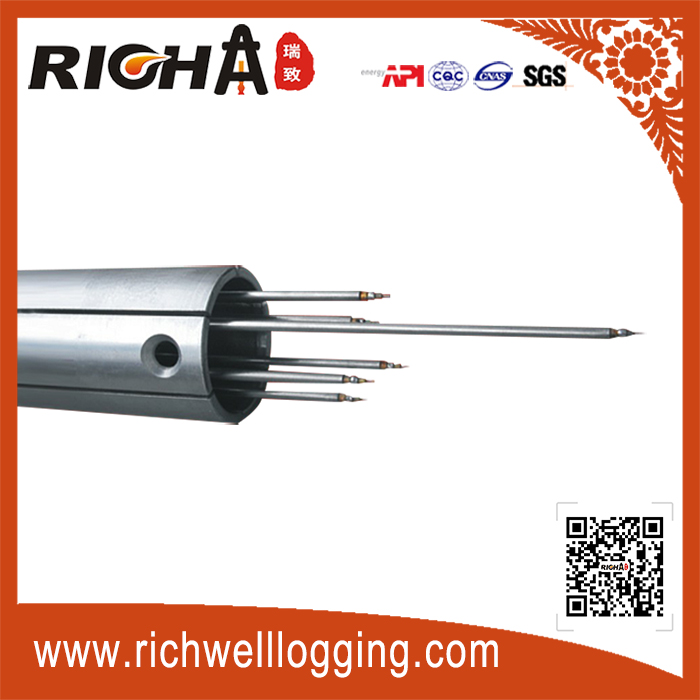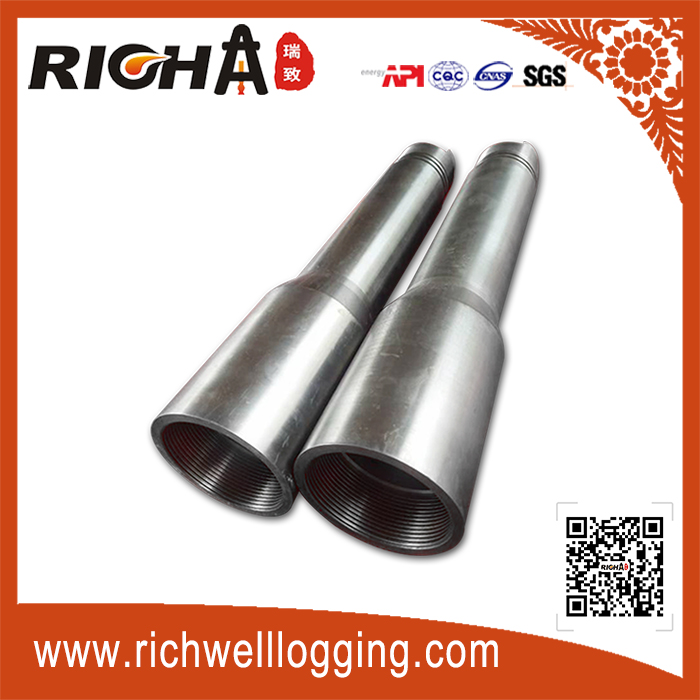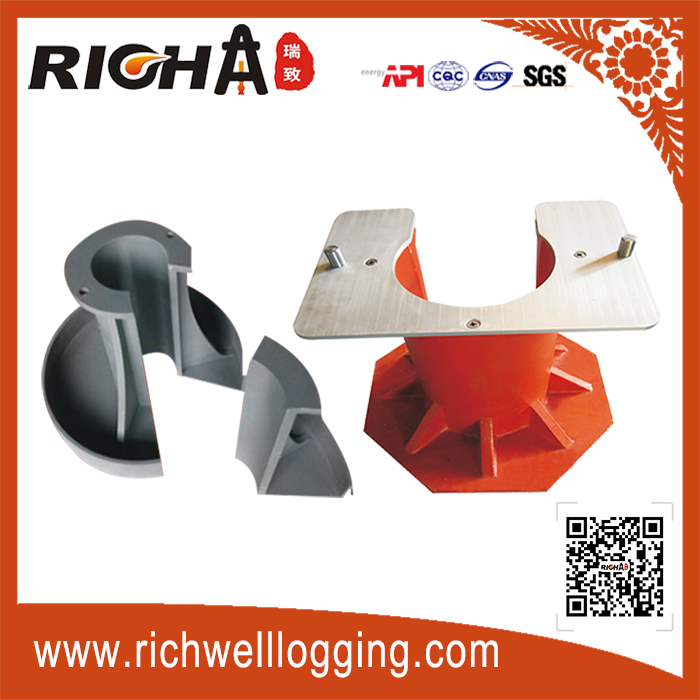Consultation Hotline:13629207777(WeChat Same Account)
Quality supervision:15229006666
After-sale service:029-86670108
Email:info@richwelllogging.com
Address:No. 388 Caotan 9th Road, Xi'an Economic and Technological Development Zone
6 Effective Ways to Optimize Quality Control and Factory Management
Introduction
"Product quality is everyone's responsibility." High-quality products are the result of effective manufacturing, management, and control—not merely inspection.
Quality control is a common challenge for every manufacturing enterprise. It is a systematic process with its own principles and specific control methods.
Without the right approach to quality control, it becomes extremely difficult to maintain product quality. Worse yet, unexpected quality issues may arise, potentially leading to significant economic losses for the company.
Yet, quality management is never easy—it is a core element of a company's competitiveness.
This article presents 6 concise and practical tips on quality control and management. We hope they will be helpful to you and your business.
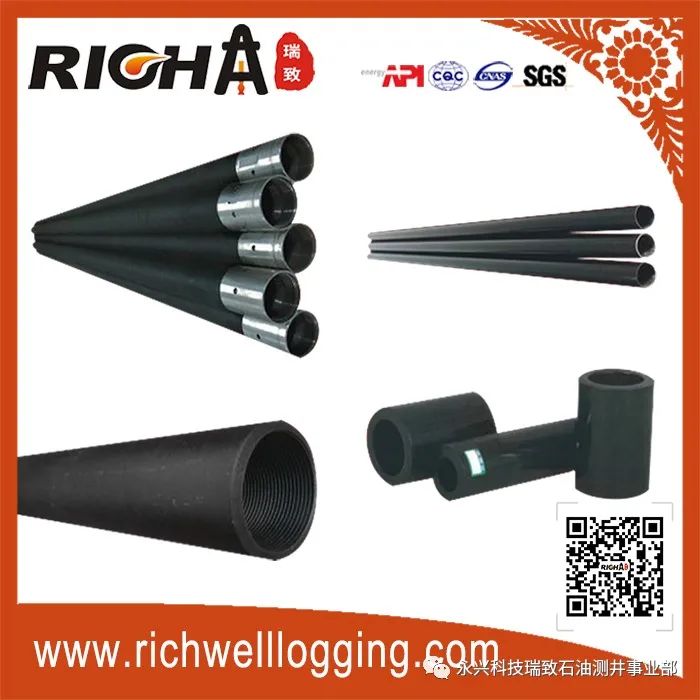
01. Don’t Rush to Finalize or Change the Process Easily
When a product has quality issues, it’s essential to identify the root cause, key contributing factors, or the main symptoms.
Modifying the process without fully understanding the issue may only conceal the true cause and underlying problem.
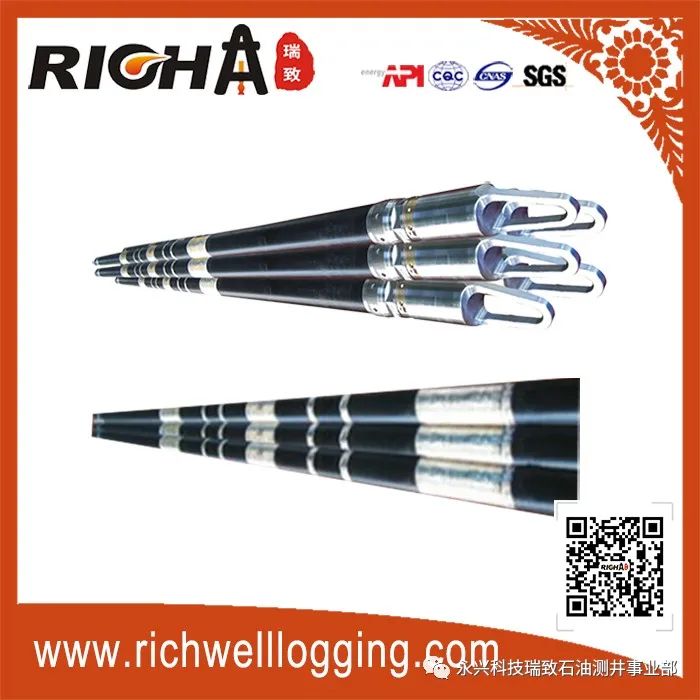
02. Emphasize Quantification and Traceability in Process Control
Product quality is influenced by many factors—never overlook any detail.
Wherever possible, use data to monitor and record every detail.
Lack of control and traceability over process details may lead to misleading corrective and preventive actions.
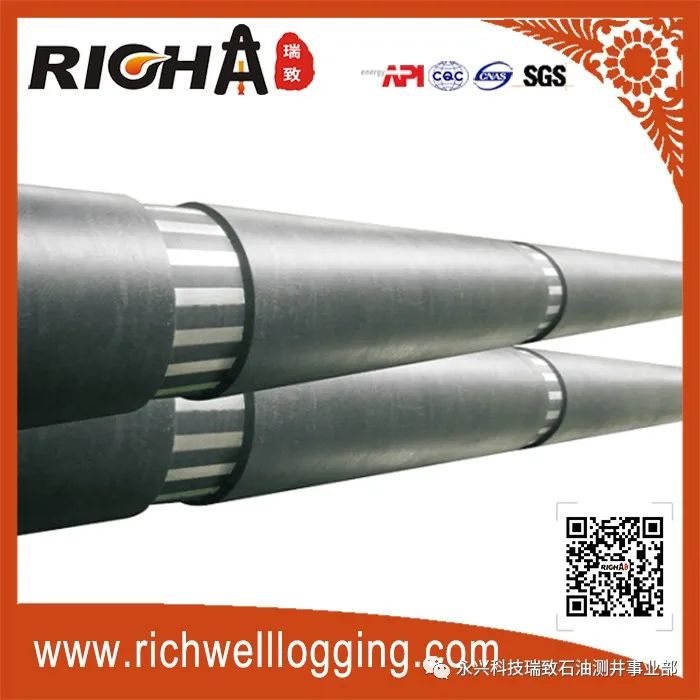
03. Be Patient When Solving Problems
Avoid impatience—don’t expect overnight success.
Don’t ignore anomalies just because they seem unrelated to the current issue.
If the root cause or pattern isn’t clear, take action by standardizing and controlling potential influencing factors.
Revisit past experiments, experiences, and lessons learned.
Once patterns or insights are found, dig deeper and elevate them to systematic theory—even if it costs more, it’s worth it.
Remember: “A dike a thousand miles long can be destroyed by an ant hole,” and “Even a foolish man can move mountains through persistence.”
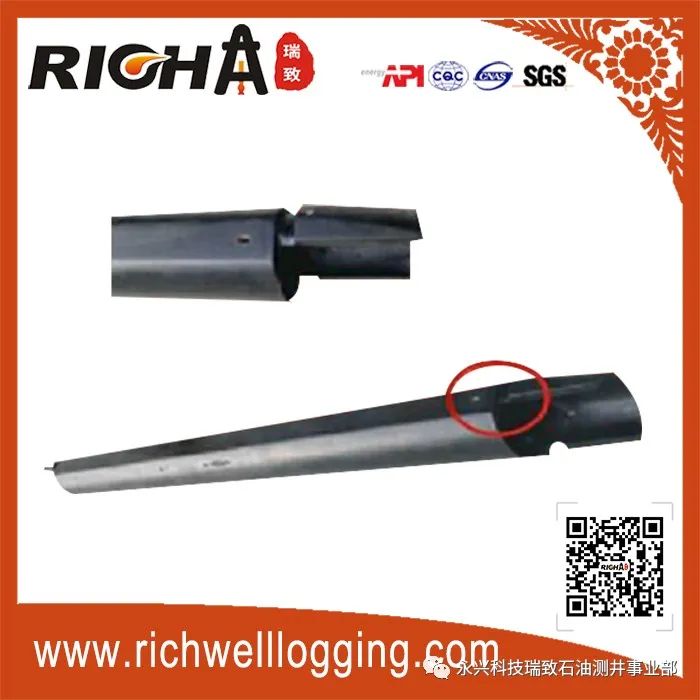
04. Develop a Preventive Mindset
The highest level of quality management is prevention, not damage control after problems occur.
Every quality issue is preceded by warning signs—the key is whether you have the methods, tools, and experience to monitor and identify them.
If the same quality issue happens a second time, it must be taken very seriously.
Use appropriate tools to organize daily process and result data. From that, analyze patterns and trends—then continuously adjust and refine them.
Before starting production, strive for maximum consistency across all control elements.
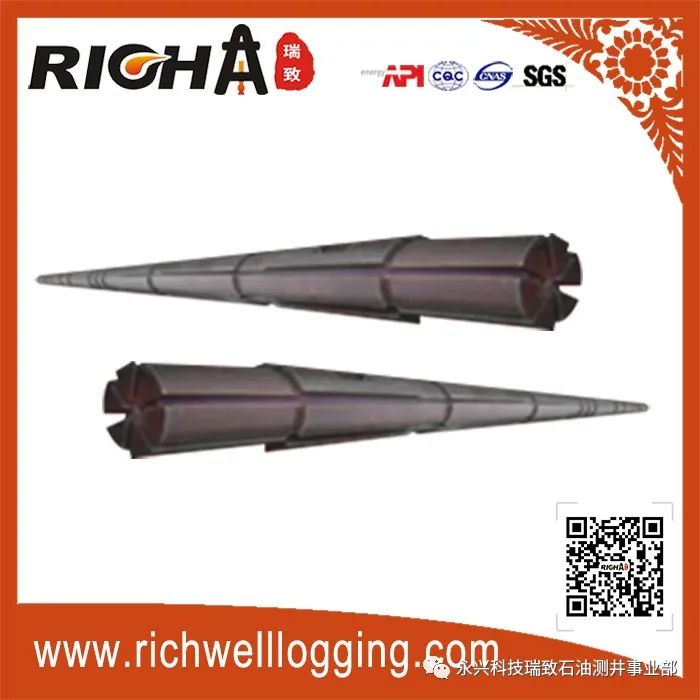
05. Quality Control Must Be Based on a Management Mindset
Don’t rely solely on process technicians to ensure product quality stability.
Product quality is the result of manufacturing—if the front-line operators are not properly managed, quality can never be stable.
Therefore, observe, understand, and manage the behavior and condition of the direct operators to ensure consistent performance.
If the operators’ behavior and condition are not under control, you will never be able to accurately identify the root cause when a quality issue occurs.
Don’t assume that just because process control requirements are being followed, product quality is guaranteed.
That’s why process control requirements must be continuously refined—and managing people is just as important.
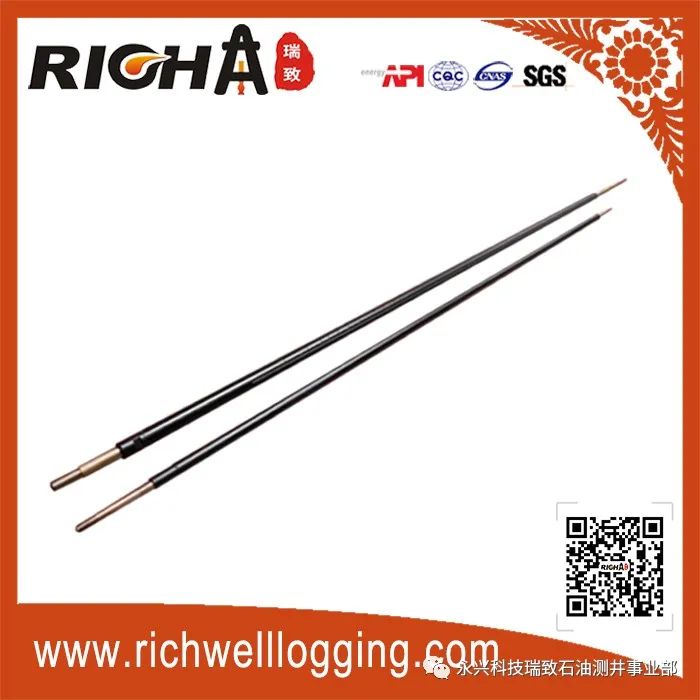
06. Listen More to Opinions and Suggestions
Don’t assume that opinions have no value just because others may not fully understand the situation or can’t immediately solve the problem.
However, especially the front-line operators can provide us with many useful tips and reminders.
If you can solve the problem, then you don’t need to listen to anyone’s opinions. But when you’re stuck, you should listen to all suggestions and try them, regardless of whether you agree with them or not.
Quality management often touches on the cutting edge of technology. Even a casual remark or complaint can point to or hint at a major technological breakthrough. Therefore, professionals must pay attention to and capture the details.

- China National Petroleum Corporation Maintains Stable Operations in the First Half of 2020
- Downhole Fiber Optic Sensing AUT-F100 for Oil and Gas
- Drilling Fluid Drilling: A Critical Step in Oil and Gas Exploration
- Testing of Composite Insulators in Operation
- Criteria for Evaluating the Quality of Insulators




